
TAGS: Signals Wild Signals Caged; QSO Today Virtual HAM EXPO 2021 – Prize Winners Announced;QSO Ham Expo 2021 Prize Winner;K3S Options News;Elecraft Employment Opportunities
K4 Update – New YouTube Video
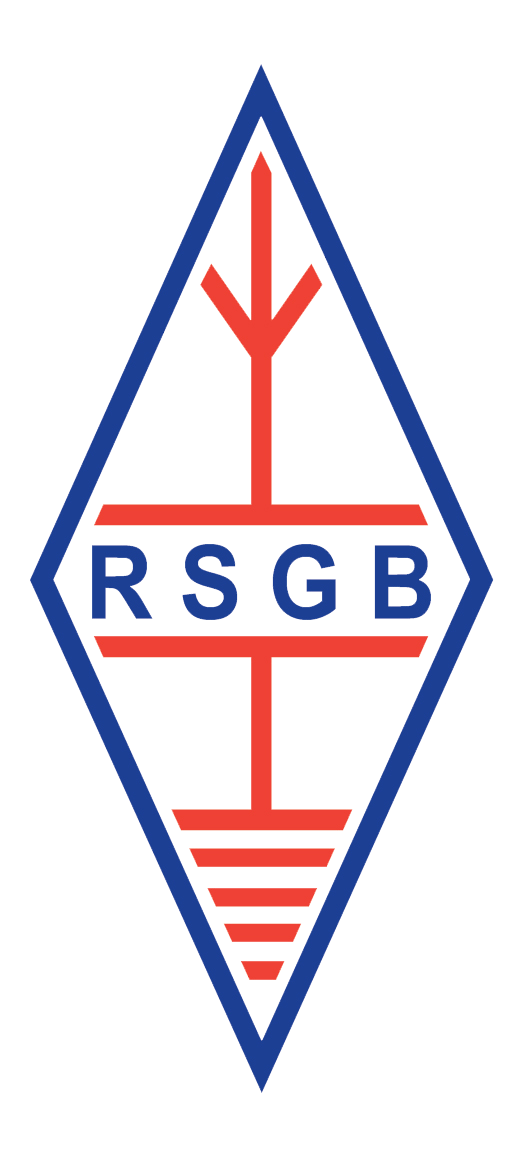
“……………..As usual when we approach a significant change in the COVID restrictions in England, we’ve started to receive some queries around how this will impact portable contesting. We are continuing to apply the principle of simply requiring stations to strictly follow their local COVID restrictions and advisories. Therefore, from 29th March, as the ‘Stay at Home’ restriction is removed in England, we will once again accept portable entries from stations in England. Portable multi-operator entries must normally be from the same household/bubble as typical portable locations, camper vans, cars and tents are considered indoors and indoor mixing of households is still not allowed……………More – HERE .
The news headlines:
Latest RSGB Convention information
Anyone lost a trailer mast?
GB2RS Newsreader stands down after 40 years
GB2RS Script – HERE .
CLUB NEWS
We start with a vacancy for a 2m newsreader in the Perth area. Work commitments mean regular newsreader Paul, GM6MEN, will be unable to continue for the time being—until at least May 2021. One, or preferably two, volunteers are needed to take over. Volunteers must have a 2m FM station with good coverage of Perth and the surrounding area, hold a Full Licence and be a Member of the RSGB. If you are interested in joining the team, contact Steve Thomas, M1ACB, via gm.dept@rsgb.org.uk.
Now, before we turn to the events, a reminder to check with organisers before travelling, as events mentioned here may be affected by fluctuating pandemic precautions. Above all, please observe all national or local restrictions, including social distancing and wearing face coverings where required.
The Viking Amateur Radio Net runs daily from 0500 to 0600UTC on 3.770MHz. See the group’s Facebook page for more details.
Dundee Amateur Radio Club continues International Air Ambulance Week activities this week. Today sees the VHF 2m contest. Sundays also see an open net, via GB3AG, from 7.30pm. On Tuesday, there’s a club night with training. Saturday also sees the start of activities for International Air Ambulance Week. Contact Martin, 2M0KAU, on 0776 370 8933.
Mid-Lanarkshire Amateur Radio Society has a net on Sundays from 10pm on 28.475MHz. On Wednesday it’s the DMR Scotland net on talk group 23550 from 8pm. Friday sees the club Zello chat from 7.30pm, which later moves to 2m. Details at mlars.co.uk.
West of Scotland Amateur Radio Society is watching the Tonight @ 8 presentation on Monday. There’s a daily net on 145.425MHz at 1100hrs, Also 433.425MHz Wednesday’s @ 2000hrs, 145.425 Friday’s @ 2000hrs . See wosars.club for details, where you will also find a list of all known club nets and activities across the region, compiled by RSGB Region 1 Regional Representative Tony Miles, MM0TMZ.
Wigtownshire Amateur Radio Club has a net on Sundays from 7.30pm on GB3DG, which usually moves to Zoom around 8pm. On Thursdays, the net is on GB3DG from 7pm. Members are also invited to join the daily RAYNET net on GB3DG at noon. For details see gm4riv.org.
Ayr Amateur Radio Group has daily nets on 7.035MHz ± QRM at 10.15am, QSYing to 7.065MHz for SSB, and 145.450MHz at 10.30am with CW on 144.295MHz at 7.30pm. On Sundays there a CW net on 144.295MHz from 7pm, and 145.450MHz FM at 7.30pm. Contact Derek, MM0OVD on 0744 793 1941.
Kilmarnock and Loudoun Amateur Radio Club has a net on Sundays from 2pm around 3.720MHz SSB, moving to around 3.540MHz for a CW net after the SSB net ends. On Tuesday there’s a net on 145.475MHz FM from 7.30pm. Contact Len Paget, GM0ONX by email to Klarcinfo@gmail.com.
Glenrothes and District Radio Club has open nets on Monday to Saturday at 10am on 3.790MHz. On Tuesdays and Thursdays, they are also on 145.425MHz at 7.20pm. Supplemental to the VHF nets there will be Morse training. Contact Tam on 07753 526 498.
Paisley Amateur Radio Club has a net from 8pm on 144.550MHz and Zello on Monday. Tuesday sees the club using DMR room 4415 at 8pm. On Thursday there’s a net on 144.550MHz and the Zello channel from 7.30pm.
On Monday, Edinburgh and District Amateur Radio club has its net, starting on 433.525MHz FM at 8pm. Contact Norman, GM1CNH, on 0774 094 6192.
On Tuesday and Saturday, Livingston and District Amateur Radio Society will either have a net or a meeting, as advised by current guidelines. Details from Cathie, 2M0DIB, on 01506 433 846.
On Wednesday, Lothians Radio Society has a net on 144.350MHz SSB at 8pm. Details by email to secretary@lothiansradiosociety.com.
Inverness and District Amateur Radio Society has a net from 8pm on 145.575MHz and via GB7BI or GB7II slot 1 475 on Wednesday. For details, email InvernessRadioSociety@gmail.com.
The Lomond Club will be using MB7IBH on 144.9625MHz in the Dumbarton area from 7.30pm on Thursday, and they will be also connected on EchoLink using the same gateway. More from Barrie, GM4HEL by email to gm0kzx@googlemail.com.
Stirling and District Club is now open for Thursday evening and Sunday morning sessions. There is a net on GB3FE on Mondays from 7pm. There are live web presentations on the club’s YouTube page. For details, email secretary@gm6nx.com.
On Friday, Strathclyde Park Amateur Radio Club runs a net from 7.30pm on 145.400MHz, and also on the BATC channel from 8pm. Contact Bill, MM0SFB for information.
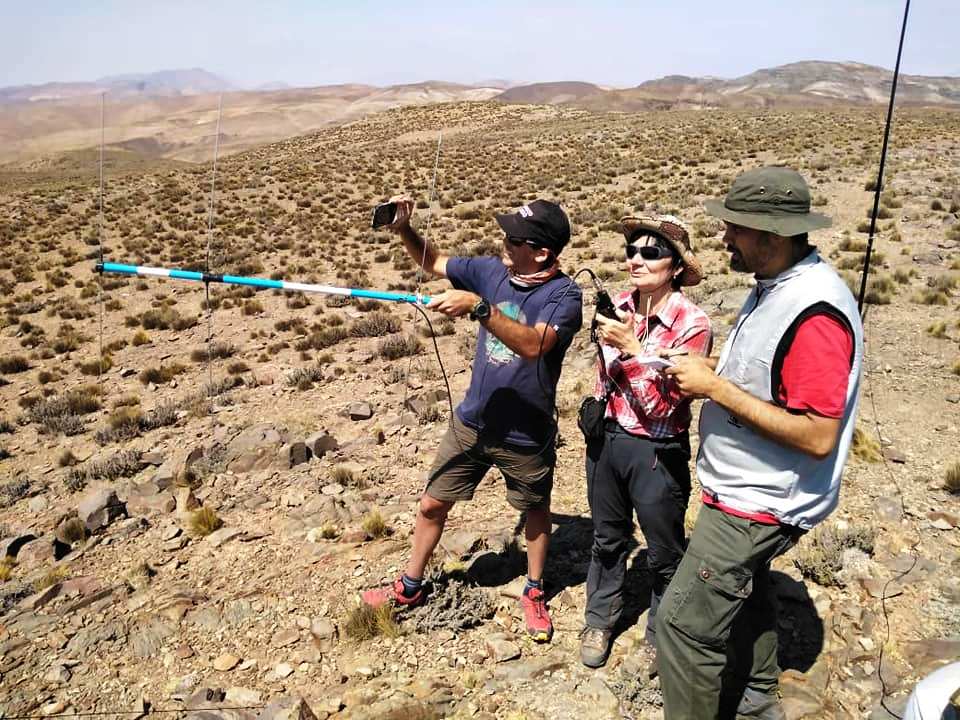
Frontier-women conquers Summits – By Péter Váry O.
Women usually go to the hairdresser, go shopping, and usually do “feminine” things when they have time off. Éva Gajdó, a teacher of computer science at Tivadar Puskás Vocational High School, who teaches programming on CNC (computer-controlled) machines, does not like this. She climbs mountains. And up there on the summit, she transmits radio signals. It may seem a strange combination at first, but it is recognised as a sport. Established for less than a decade and a half, it is already gaining in popularity and Éva Gajdó has accomplished something very big in this sport in a short time. Her success is the envy of her fellow men, which as she is a Szekler, does not often happen. (The Székelys derive their name from a Hungarian expression meaning “frontier guards”.)
Éva Gajdó has been roaming the mountains since she was a child. She became a true lover of climbing when one of her teachers took her on an expedition. Then life sank into the ordinary course of events: she got married, the children came and there was little opportunity to conquer the peaks.
Several years ago however, talking about childhood dreams with a group of friends, Eve recalled that when she was sixteen, she was determined to climb Mont Blanc. But it seemed it would remain just a dream. Then, a few days later, a friend told her that the Szeklers were hiring amateur climbers and heading to Mont Blanc.”I didn’t think, I called Tulit Sombor, and applied,” says Eve.
Two months of tough training was unsurpringingly not enough to qualify for the team. She also found her gear was unsuitable. She hiked in velvet pants and her ancient boots caused problems; the two months were agonizing. But Sombor reassured her that she had all the skills and with a little training, could climb Mont Blanc. It became a passion and she has not missed a weekend in five years and even celebrated New Year’s Eve on top of a mountain.
She applied for another expedition, but unfortunately before her departure she sprained an ankle. She was able to climb this year, but couldn’t use the radio.
In order to understand why Eve should have been broadcasting radio signals from the highest peak in the Alps and what activation means we need to introduce the sport called SOTA. The acronym comes from ‘Summits on the Air’, this radio competition was launched in 2002 by radio amateurs who combined there passion with mountaineering.
The competition (Edit: SOTA is not a contest it is based on your own self fulfilment) consists of climbing the designated peaks – at least 150 meters above its surroundings – by hiking, and from the ‘summit’ the hiker must establish at least four radio links with other radio amateurs around the world (meaning activation).
The peaks score between 1 and 10 according to their height and can be activated once per year.
The map provided by NASA to radio-operators in Romania has about two hundred SOTA peaks, of which 250-300 can be climbed under normal conditions, ie on a more or less well-marked path.
A walkie-talkie can achieve the necessary score if it is successfully activated, that is, it has been climbed and a minimum of four mandatory contacts made. After earning a thousand points, the title ‘Mountain Goat’ and trophy will be awarded to the competitor. Achieving a thousand points usually takes several years to complete. Eva did a special job here too.
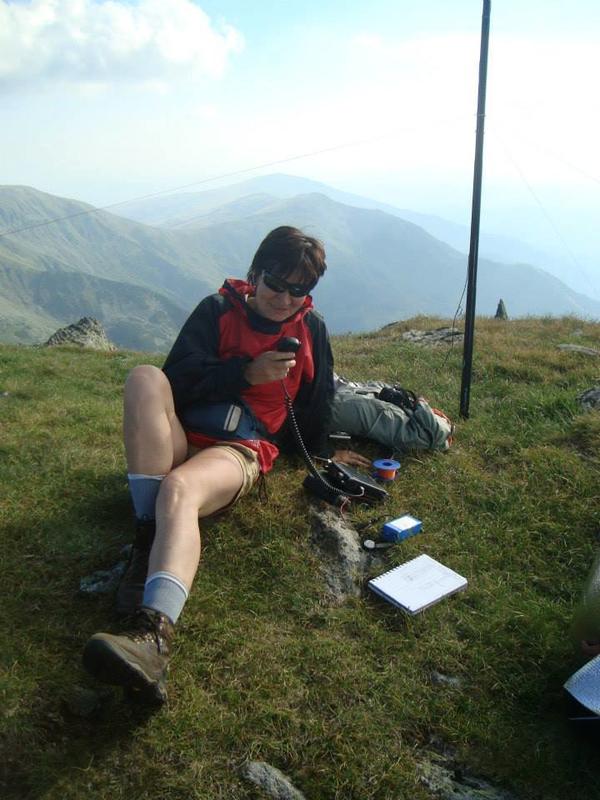
Eve met a man in Jezer (Bosnia and Herzegovina) on a hike, while trying to establish a radio connection at the summit. He was interested in the subject, because there is a radio club at Puskás Tivadar Vocational School, Budapest, and he was wondering how to create something new and interesting for the students. At that time, he had no plans to start radioing himself, or that hiking would become a competitive climb. He asked a teacher at Transilvania University in Brasov, Csaba-Zoltán Kertész, if he would come and introduce SOTA to the children.
Since January last year, Csaba has gone to St. George every Tuesday, trying to infect students with the radio virus. Because amateur-radio amateur is well-suited to the younger generation, SOTA is becoming more and more popular, including foxhunting, but knowing the basics of radio is essential.
Eve had no childhood dream of becoming a radio amateur but her dedication to teaching led her there. Csaba Kertész enthusiastic for the Tuesday afternoon classes included taking the students on several trips, where they could experience “live” what walking radio was about.
Eva thought that if Csaba couldn’t come for some reason, it would be a good idea if someone could take care of the children. But to do that she needed a radio license.
– You have to take a very tough exam: electronics, knowledge of frequencies, first aid. You have to learn the phonetic alphabet that is used in radio, to know what phrases can be heard and what are not, so there are ethical rules as well.
She passed and received her radio callsign: YO6EVA. (YO = Romania ID, 6 represents the area, and EVA unique, individual)
I’ll do it in a year – As I had passed my exam, I went with Csaba to a SOTA marathon. It was staged in the Bihari Mountains, Romania, and was worth exactly one thousand (1000) points for someone who had done it for six or seven years. I told Csaba, as I go to the mountains, I could earn a thousand points in a year.
In the beginning it was really hard because I didn’t know anything about radio, I didn’t have any equipment, I borrowed a walkie-talkie, which had only 300 meters range I went up the mountain and couldn’t activate it. I persuaded Csaba to come with me to collect points, but the points accumulated very slowly. Finally, I bought a serious radio, and then the “party” started.
– Has a thousand points been reached in one year?
– Not easily, but it was. I went to Nagykő (Transylvania, Romania) alone and for the first time spoke on the radio and I was so scared I switched it off.
There was bad weather at Nagyhagymás, I went up four times, but never activated it; in minus ten (-10) degrees activating radio was not a lot of fun.
Disappointed I told Csaba it wouldn’t work for me, but with the support of friends, somehow I hung on and continued. The biggest challenge was to get to the summits that I would not have gone to otherwise, I had to cut through a sign or path like in the jungle. Finally a thousand points were reached, 131 different peaks in a year.
– 131 peaks in a year, one average every three days.
– Most were the four eight-point peaks in a single day, 40 kilometers of walking at 3500 meters.
What’s next?
With her unique performance, Eve has earned the envy of many of the male walkie-talkie operators, She reached a thousand points in May – since then, the number of activations in Romania has increased, with another SOTA marathon being organized by December 1, interest in the sport has revived..
Although Eve has achieved what she set herself to do, she does not intend to stop walking but not as intense as before. Also because all of the closest peaks have been activated and new ones are usually a two-day hike away – She would like to climb the highest peaks in Europe, but she would need to take another license before she could broadcast abroad.
Eve talks enthusiastically about everything, but when it comes to the mountains, her eyes shine the most. What does mountain climbing, mean to her?
Its an obsession with me, an addiction. The mountain has given me so much, I try to pass that on to the students. Everything revolves around the mountain, I don’t go to the beautician or to the shops, and my daughter says you have seven pairs of hiking pants, but you just don’t have anything to go to school. SOTA has exposed a whole new side of climbing and fox hunting.
Author: Péter Váry O. Publication date: 2018-12-29
Háromszék (Romanian publication in Hungarian) Saturday, December 29, 2018, Report
Szekler at the summit https://www.3szek.ro/load/cikk/119391/szekely-a-csucson
Further:
1st YL Mountain Goat in Romania.
YO6EVA Eva Kelemen Gajdo reached a thousand points in May 2018 becoming the first YL Mountain Goat in Romania. An admirable achievement, showing great dedication and a nice example to follow. What is truly amazing, that she achieved this goal in just under a year after obtaining her HAM license, learning all about what it takes to operate a radio while hiking around the summits of Romania, whatever the conditions or difficulties. Hail, the rain, bad propagation could not deter her in achieving her target.
https://reflector.sota.org.uk/t/eva-yo6eva-newest-mountain-goat-in-romania/17546
Further:
Romanian yl Éva YO6EVA active on Argentina Mountain
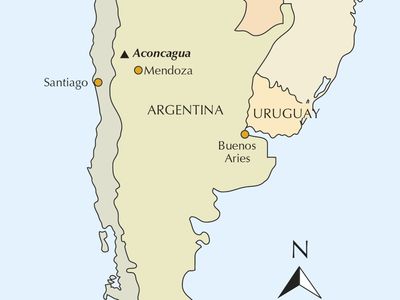
yl from Romania – YO6EVA Éva Gajdo and Csaba YO6PIB with colleagues from SOTA Mendoza, Argentina, activated SOTA (LUM/PC-004) Jan. 2020.
Éva Gajdó YO6EVA and Csaba-Zoltán Kertész YO6PIB came to climb and activate Aconcagua during the first two weeks of January 2020. Aconcagua (LUM/PH-001) is the highest summit in the SOTA programme, altitude. 6960m.
However they could not reach the summit due to very high winds. They began their descent as per schedule feeling very disappointed, especially regarding the Mendoza radioclub friends who had supported the expedition, prepared to ‘chase’ (on air) and even to make ‘summit-to-summit’ contacts. They made 2 attempts and spent 3 nights at over 6000m.
On their arrival back in Mendoza, Eva and Csabone had one day left before catching their plane home to Romania. Tthe Argentina SOTA group was also disappointed and it was decided to activate another summit where they could communicate in VHF and HF as originally planned.
The route was chosen so that Eva and Csaba could enjoy seeing animals from the local Villavicencio reserve, mostly guanacos. The group was also lucky enough to see several condors flying over the activated peak in the Paramillos area.
The group were surprised by the number of active stations that made contact. Many operators were keen to communicate their enthusiasm at contacting the visitors and to wish them a safe journey back to Romania. Unfortunately propagation conditions for HF were not good, although some contacts were achieved.
The Argentinians were happy that Eva and Csaba had managed to activate an Argentine summit and although it was not Aconcagua, that they had enjoyed the local hospitality of Mendoza.
LUM/PC-004, Paramillos 3356m This peak is not well known and does not have a name, near Termas Villavicencio, Mendoza (Argentina). Value 8 SOTA points,
YouTube by LU1MAW Alejandro Ciro Weber https://youtu.be/mxC0kf5kIGk
See Éva Gajdó Facebook: Album Acongaua 6700 méteren
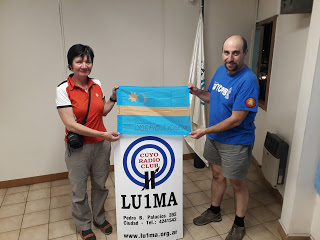
Aconcagua [32°39’12.35″S – 70° 0’40.00″W]
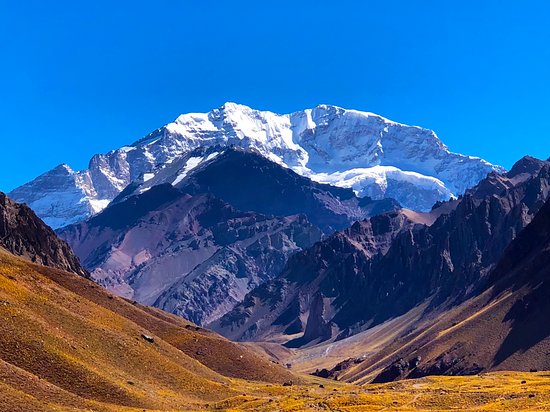
Aconcagua is a mountain in the Principal Cordillera of the Andes mountain range, in Mendoza Province,. east of Argentina’s border with Chile. Aconcagua is the highest mountain outside Asia, at 6,961 meters (22,838 feet)
The mountain and its surroundings are part of the Aconcagua Provincial Park. Aconcagua Provincial Park is 185 km away from the city of Mendoza, near the border with Chile.
The mountain has a number of glaciers. Aconcagua is arguably the highest non-technical mountain in the world, since the northern route does not absolutely require ropes, axes, and pins. around 3,500 climbers tackle Aconcagua each year with a success rate of about 60%. Aconcagua has one of the highest death tolls of the world’s highest peaks.
There are severe winds and low temperatures, but it’s Aconcagua’s altitude that presents the greatest problem. Every year sees several deaths on Aconcagua – mainly people who underestimated the task and help may take several hours to arrive. Climbing the mountain will require on average of around 21 days.
The official visiting season is from November 15 to March 15. During the summer, the temperature at night above 5,000 meters (16,400 feet) is about -20°C (-4°F), and the usual temperature at the summit is -30°C (-22°F). In the rain shadow of the Andean crest, the park is one of the most barren parts of the Andes, with only a discontinuous cover of prostrate shrubs and grasses. At the highest altitudes, it is almost pure scree and snow.
Friday the 22nd November saw the annual Construction Competition take place, and it was gratifying to see so many good ‘technical’ entries:
With a new Club member, Bartek the overall winner.

Well done Bartek !
This year the Scoring regime slightly changed – HERE. Although the Categories remained the same, the Points awarded to each was changed to give a possible maximum of 100 Points/Judge.
And to this end, our two Judges on the night were ERNIE – GM0EZP and JOHN – GM0XFK. Thanks ‘lads’!
This year’s standard of construction was high, but as has been said on other Construction related POSTS , it’s not the most technically complex, beautifully built gizzo that will win, as you can see other factors are taken into consideration. So next year please have a go.
Also, there are some more pictures within our PROGRAMME FORUM’s, the CONSTRUCTION COMPETITION Photo Folder.
Finally, it was good to see Paul – MM7AJE (through the generous help of Bartek popping out to Paul’s QTH) able to attend the meeting following his recent ACCIDENT with a Police van. Well done Paul (and Bartek).
Jack(;>J
“It is one of the highest ranking portable transceivers on the table, well ahead of many very expensive main station rigs.” Click HERE for more
© 2019-2023 WoSARS.Club